It is a sad and undeniable fact that none of my 23 books have sold worth a darn. I like to think that they constitute quality journalism, but none have come within light-years of making the New York Times best-seller list. I thought something good might happen with “For Texas, I Will” / The History of Memorial Stadium. It had UT’s official imprimatur, at least to some degree; Darrell Royal wrote the foreword, president William Cunningham, athletic director DeLoss Dodds and some prominent alums supported it, and we had a big book-signing event at the Alumni Center across the street from the stadium. All to little avail, since Ron Nielsen (owner and operator of Historical Publications) and I ended up with numerous boxes of unsold books.
I detailed the whirlwind fundraising campaign that involved students, alumni, administrators and even people without the slightest connection to the university. I covered the Longhorns’ big games there over the years—from the dedication game against Texas A&M in 1924 through the 1991 season. I traced how the stadium’s seating capacity had, step by step, gone from 27,000 to 76,000 or so. (In the last 32 years, many more changes, none of them cheap, have resulted in a complete “bowl” able to hold more than 105,000 football fanatics.) I also took a close look at how, in the mid-1960s, serious consideration was given to razing Memorial Stadium—which had gotten only the most basic maintenance—and building a new one off campus. To have done so would have had a huge and, I believe, deleterious effect on UT.
Valid arguments have been made about whether intercollegiate sports (mainly King Football) enhance or detract from higher education. A few brave people dared to oppose the stadium project a century ago, insisting that the money would have been better spent on dorms, laboratories, better faculty and most of all, scholarships for worthy students.
But football is such a big part of American and Texas culture that it is useless to pretend otherwise. To wit: The UT athletic department had over $271 million in operating revenue in 2023, easily the biggest in the nation. We have an endowment of nearly $45 billion—more than the combined endowments of the other 15 members of the Southeastern Conference. Furthermore, we have an estimated 575,000 living alumni. As Dodds once said, “We don’t keep up with the Joneses. We are the Joneses.” And the nerve center of that behemoth is Texas Memorial Stadium, a part of which is Bellmont Hall—where the athletic department’s offices reside.
One point I made in the conclusion of “For Texas, I Will” is that when the stadium was built on the west side of campus in 1924, the university put down roots. Such an assertion is impossible to prove, but the sense I got from immersing myself in the story is that this is when the concept of the Forty Acres really manifested. And the key to it is the stadium. Five or six times every year, virtually the entire UT community comes together right there at 2100 San Jacinto Boulevard.
Now, let me introduce you to a man named George Washington Brackenridge (1823–1920). A native of Indiana, he moved to Texas in 1853 and made a fortune as a profiteer during the Civil War. Brackenridge was a UT regent between 1886 and 1911 and again between 1917 and 1919. His benefactions were many. Among them was 500 acres on a bend of the Colorado River deeded to the university on June 17, 1910 which became known as the Brackenridge Tract. Powerful and accustomed to having his way, he was surprised when his proposal to move the university to that spot on the river was turned down by his fellow regents.
One of the dozens of interviews I did for my book was with the father of a friend named Judith Howard. He worked as a mid-level UT employee assessing the value of land and buildings. Mr. Howard told me unequivocally that the university’s decision not to move to the Brackenridge Tract was a serious mistake. “It was a golden opportunity,” he said. “Five hundred acres on the riverfront—just think about it. The University of Texas could have had a much more spacious and well-designed campus.”
For better or worse, Brackenridge lost the momentous vote about shifting the campus down to the river. That land remains UT property, devoted to the Brackenridge Field Lab, married students’ housing and a golf course. There is ongoing controversy as to why such valuable property is so underused. At any rate, when the stadium was erected 100 years ago, the Forty Acres became the university’s now-and-forever home. All thought of moving was effectively banished on November 27, 1924 when the Longhorns beat the Aggies, 7-0.
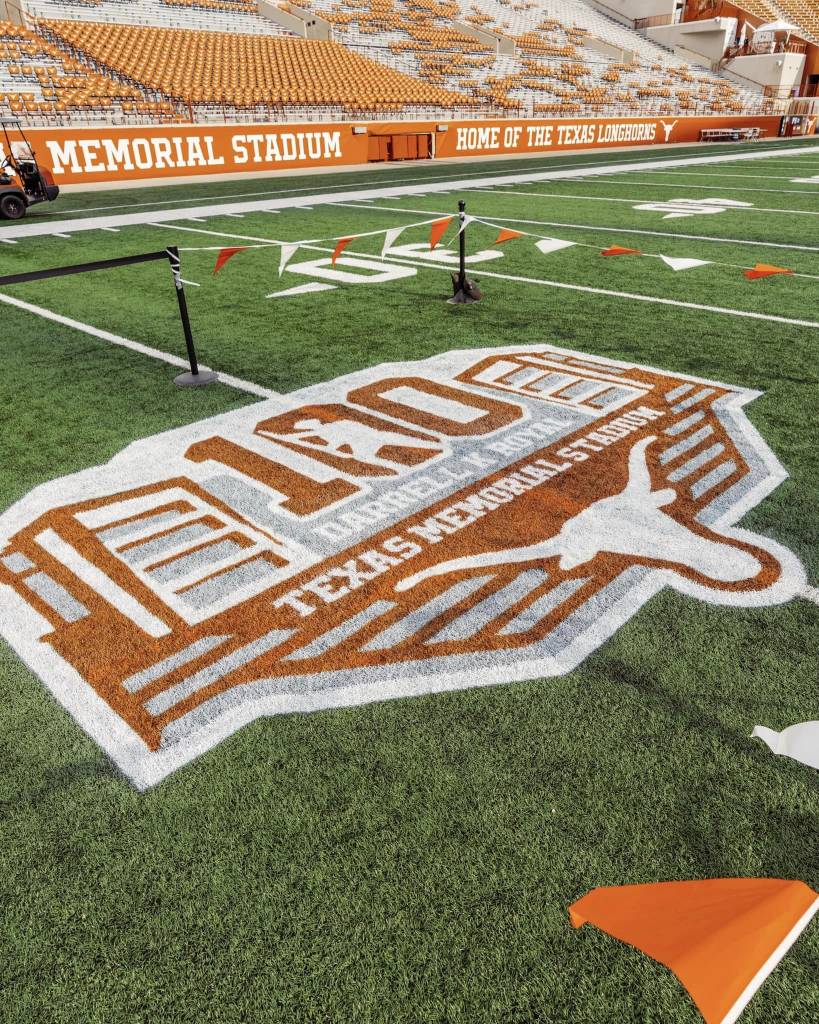
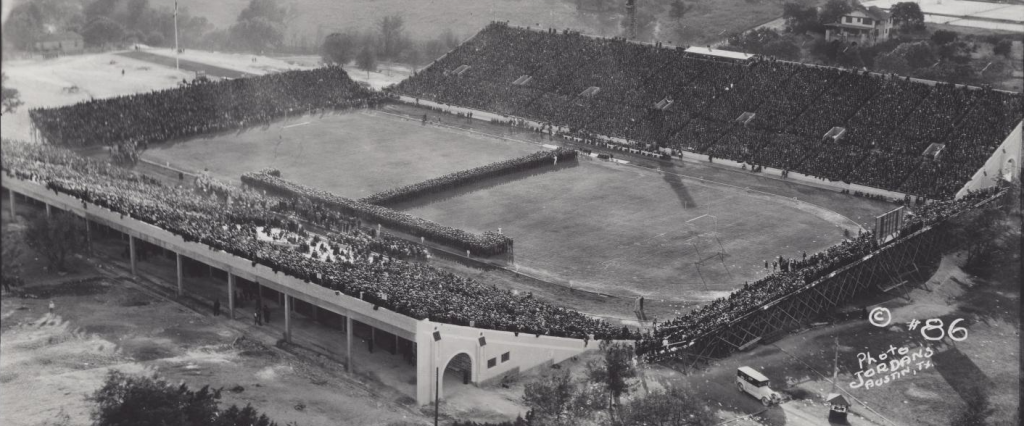
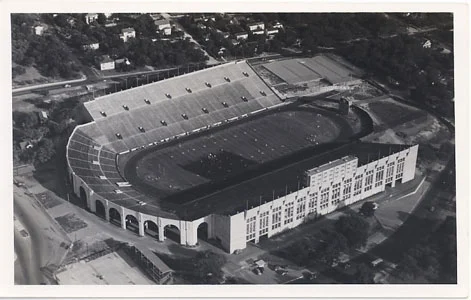
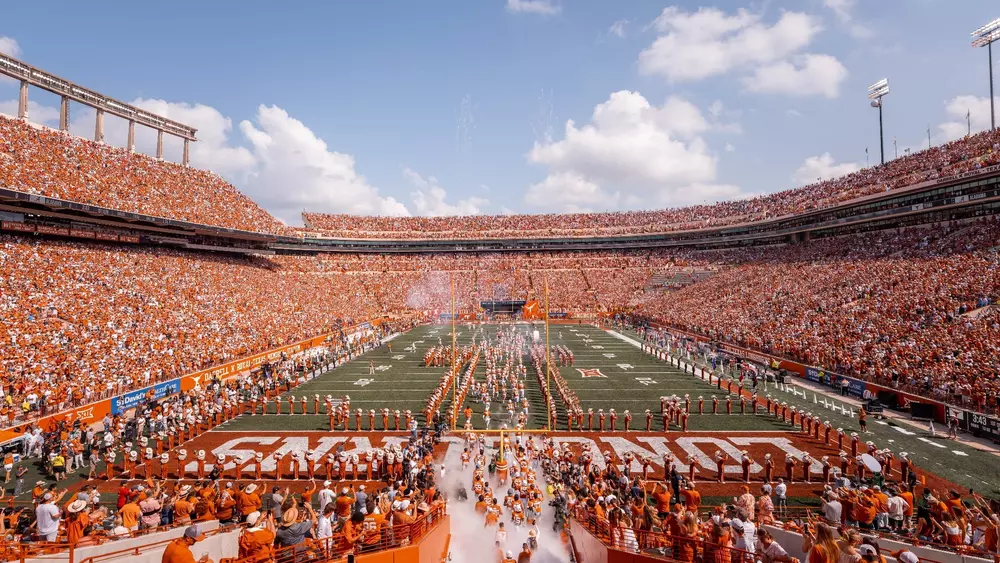
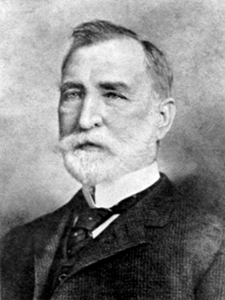
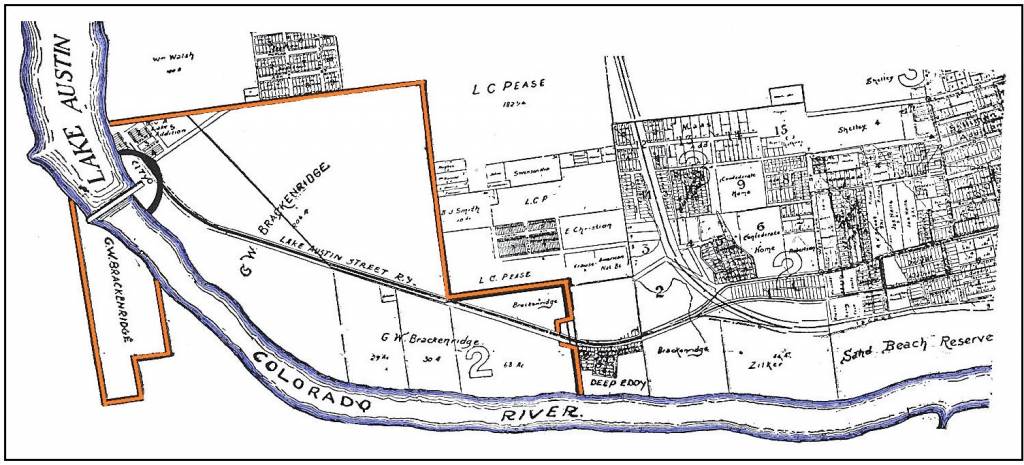


4 Comments
I always enjoy the little known or hard to find facts of history, and how decisions can alter the course of history.
Hindsight is 20/20.
So true, so very true. I would dearly love to know what went into that vote. Were the other regents tired of just going along with Brackenridge?? Did they do this to spite him?
I didn’t know about Breckenridge trying to move it. By the way, that is an 18 hole golf course. Hancock is 9! I hope you are doing well!
thank you for the correction, Kenny…I sure thought it was a 9-holer
Add Comment